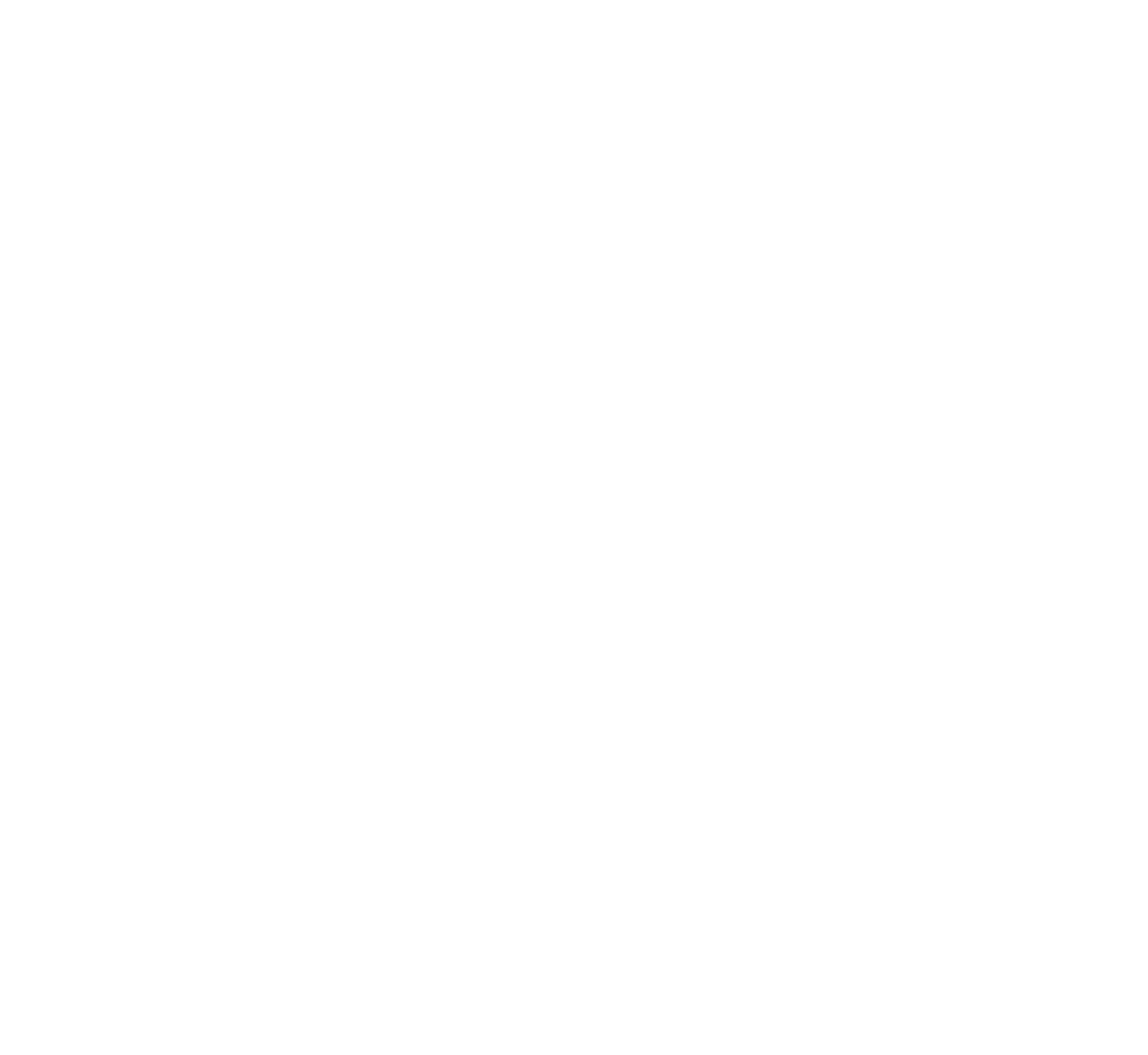
80
Original Proclamation, “Poblacht nahEireann /TheProvisionalGov-
ernment of the IrishRepublic to the People of Ireland,Printed at Lib-
ertyHall, Dublin, under the protectionof soldiers of the IrishCitizen
Army, onEaster Sunday, 1916, and read from the steps of theGeneral
PostOffice,O’Connell St.,DublinonEasterMondaymorningbyP.H.
Pearse, in thepresenceof theother signatoriesof thedocument, there-
by heralding the Rising, and Ireland’s advance towards self-determi-
nation. Single broadsheet, overall size 30 2/16” x 20 2/16”, width of
printed lines, 181⁄4”, printed text 291/16”, onpoorpaperwith smudg-
ing and uneven inking, someminor tears, and creases. As ephemera,
w.a.f. Themost important document in IrishHistory, oneof an amaz-
ingly small number of known surviving copies, most of which are in
Public Institutions.
The Proclamation, the corner-stone ofmodern Irishhistory, the Irish
Declarationof Independence,wasprobably theliterary compositionof
P.H. Pearse, with some changes and amendments by James Connol-
ly and Thomas MacDonagh. It was printed in Liberty Hall, Dublin,
on an old “Wharfdale Double-Crown,” printing machine. The work
commenced aboutmid-day on Sunday 23rdApril andwas completed
approx. 1.00 on Easter Monday morning. James Connolly organised
all arrangements.TheprinterwasChristopherBradyand thecompos-
itors Michael Molloy, and LiamO’Brien all of whom had previously
been employed in the work of printing “TheWorker’s Republic,” for
Connolly. Mr. Brady whoworked themachine throughout described
his taskasoneofgreatdifficulty.He found ithard to ink the typeeven-
ly and the rollers refused tomaintain an evenpressure,with the result
that nearly all copies showmuch smudging inparts and faint printing
in other parts. In the beginning an attempt was made to set the en-
tire document at the one time, but it was found this was not viable as
therewas not enough type available, and it had tobe set in two stages.
Firstly, top half, from “Poblacht” down to and including the words...
“among the nations.” Secondly, the bottom half, from “The Irish Re-
public,” .. to“JosephPlunkett”.Thepaperusedwasof thepoorestqual-
ity, a cheap linewhichwas purchased from SaggartMills, and similar
to that used on the “Workers Republic.” A print run of 2500 copies
wasplanned,with the intentionof supplying thecountryaswell as the
city. It seemsunlikelyhowever, becauseof thedifficulties encountered
205 PoblachtnahEireann
TheProclamationof Independenceofthe IrishRepublic
Printed inDublin, 23rdApril1916byChristopherBrady,MichaelMolloyandLiamO’Brienfor
theProvisionalGovernmentofthe IrishRepublic, 75.6x51cm, text size74x46.2cm
in the work, dilapidated machinery, scarcity of paper etc., that any
more than 1000 copies were in fact printed. Finally the work of dis-
tributionwas thenhandedover toMrs.HelenMoloney, as orderedby
Connolly. The type for the second section or bottom half was still in
thepress,when theBritish soldiers enteredLibertyHall, onThursday
27thApril 1916.Mr.Michael J.Molloy told the story of howhe came
to be one of the threemenwho printed the 1916 Proclamation, in an
article entitled “My EasterWeek,” published in the Evening Herald,
onApril 4th, 1966. In 1925,Mr. Joseph J. Bouchpublished a booklet,
for the Biographical Society of Irelandwhichwas a short history and
a bibliography of The Proclamation. He examined the few available
copies of the original from libraries etc., and this paper is now the
definitive tool for ascertaining the true copies. A photocopy of the
booklet accompanies this lot.He defined sixmainpoints fromwhich
the first issue canbe identified:
Sizeof paper: approx. 30” x20”.
Quality and colour paper
Styleof typography includingwrong fonts and spaces
Measurements of formor type face, or lengthof line
Differences in spellingnotably in thenames of the signatories
Other typographical inexactitudes
The above copy conforms in size, type of paper, etc., and contains all
the typographical inexactitudesand irregularitiescalled forbyBouch.
It contains the 23wrong font “e” as called for. It also contains the re-
versed “e” in the third “the” on the first line of the last paragraph.
Also according toBouch the spacingmatter or bars between the lines
frequently caught the ink and showed a line of varying lengths. This
copy has one such line. In addition, this document contains further
typographical errorswhichweremissed by Bouch& other bibliogra-
phers, historians alike,&whichonexamination, are tobe found inall
other true copies of the original. These are three lower case “t”s. This
copy also displays clearly that the original Proclamation was in fact
printed in twoparts, as thedistancebetween the last twoparagraphs,
etc., and the tophalf againvaries in size.
€100000 - 150000


